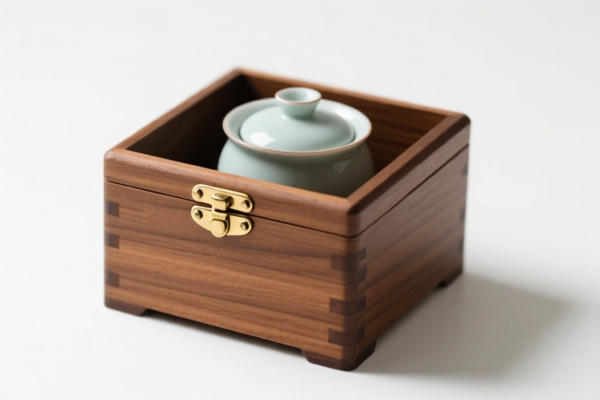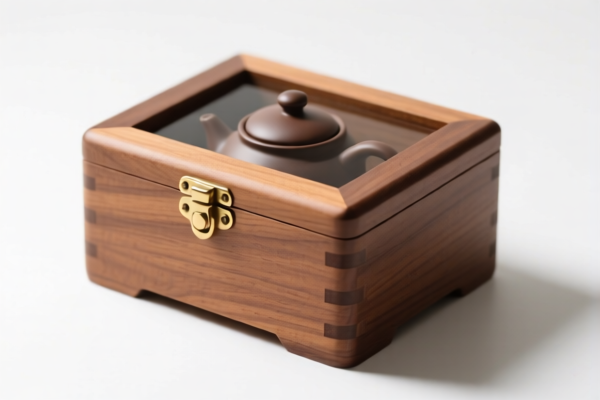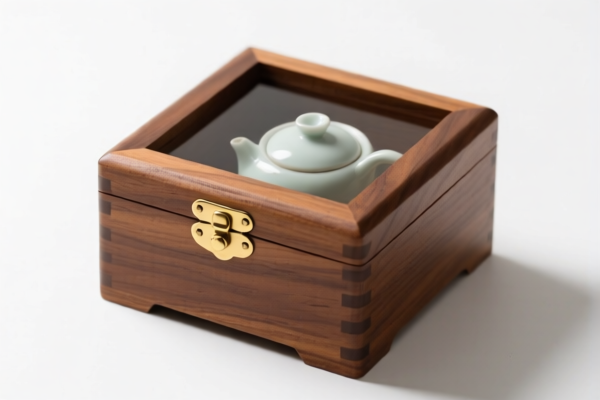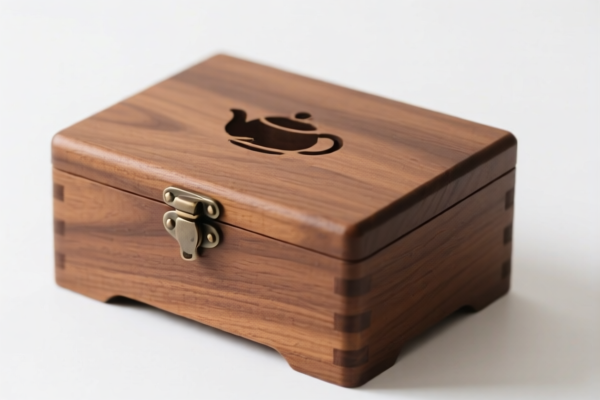| HS Code | Official Doc | Tariff Rate | Origin | Destination | Effective Date |
|---|---|---|---|---|---|
| 4115100000 | Doc | 55.0% | CN | US | 2025-05-12 |
| 4115200000 | Doc | 37.5% | CN | US | 2025-05-12 |
| 4107998000 | Doc | 32.4% | CN | US | 2025-05-12 |
| 4114203000 | Doc | 57.3% | CN | US | 2025-05-12 |
| 9503000090 | Doc | 30.0% | CN | US | 2025-05-12 |
| 9503000071 | Doc | 30.0% | CN | US | 2025-05-12 |
| 4415103000 | Doc | 55.0% | CN | US | 2025-05-12 |
| 4415109000 | Doc | 65.7% | CN | US | 2025-05-12 |
| 4421918800 | Doc | 30.0% | CN | US | 2025-05-12 |
| 4421998800 | Doc | 37.5% | CN | US | 2025-05-12 |
| 3923102000 | Doc | 55.0% | CN | US | 2025-05-12 |
| 3923900080 | Doc | 58.0% | CN | US | 2025-05-12 |
| 3926904800 | Doc | 33.4% | CN | US | 2025-05-12 |
| 3926904800 | Doc | 33.4% | CN | US | 2025-05-12 |
| 9620005000 | Doc | 60.3% | CN | US | 2025-05-12 |
| 9620005500 | Doc | 58.3% | CN | US | 2025-05-12 |
| 9604000000 | Doc | 42.4% | CN | US | 2025-05-12 |




Tea Box
A tea box is a container designed for the storage and organization of tea, typically tea bags, loose leaf tea, or tea sachets. They come in a wide variety of materials, sizes, and designs, catering to different aesthetic preferences and storage needs.
Materials
- Wood: Commonly used materials include bamboo, cedar, walnut, and various hardwoods. Wooden boxes offer a classic look and can provide a degree of moisture protection. Cedar is particularly valued for its aromatic properties which can complement certain teas.
- Metal: Tin and stainless steel are frequently employed. Metal boxes are durable, airtight, and protect tea from light and humidity, preserving freshness.
- Plastic: Often used for more affordable options. Plastic boxes can be transparent, allowing for easy identification of tea contents, but may not offer the same level of protection as wood or metal.
- Ceramic: Provides an elegant and decorative storage solution. Ceramic boxes are often used for more specialized tea collections.
- Glass: Similar to ceramic, glass boxes allow for visual appreciation of the tea.
- Cardboard: Frequently used for retail packaging and smaller tea collections; generally not as durable or protective as other materials.
Purpose
The primary purpose of a tea box is to:
- Preserve Freshness: Protect tea from air, light, moisture, and odors that can degrade its flavor and aroma.
- Organization: Keep different tea varieties separated and easily accessible.
- Presentation: Provide an attractive way to store and display tea, particularly for serving guests.
Function
- Compartmentalization: Many tea boxes feature multiple compartments to store different tea types individually. Compartment sizes vary depending on the box design.
- Airtight Seal: Higher-quality boxes often have airtight lids or seals to minimize air exposure.
- Light Protection: Opaque materials or darkened interiors help shield tea from light.
- Stackability: Some designs are stackable for efficient storage.
- Portability: Smaller boxes are often designed for travel or carrying tea to work.
Usage Scenarios
- Home Storage: Keeping a variety of teas organized in the kitchen or pantry.
- Tea Rooms/Cafés: Displaying and storing tea selections for customers.
- Gifting: Presenting a curated collection of teas as a gift.
- Travel: Bringing tea on trips or to work.
- Office/Workplace: Storing personal tea collections.
Common Types
- Compartmented Boxes: Boxes with dividers to separate different tea varieties. These are the most common type.
- Chest-Style Boxes: Larger, often wooden boxes resembling chests, typically used for extensive tea collections.
- Caddy Boxes: Smaller, often metal boxes, originally designed for preserving tea during transport.
- Round Boxes: Often made of metal or ceramic, offering a compact storage solution.
- Serrated Edge Boxes: Designed for holding individual tea bags.
- Lockable Boxes: Boxes with a lock to secure valuable or rare tea collections.
- Tea Chests with Glass Tops: Showcases tea while protecting it.
Based on the provided information, a “tea box” can be classified under several HS codes, depending on its material and specific characteristics. Here's a breakdown of potential classifications:
-
4415.10.30.00: This HS code covers packing boxes and cases with solid sides, lids, and bottoms, made of wood. If the tea box is constructed from wood, this is a relevant classification. Chapter 44 relates to wood and articles of wood, construction materials. Heading 41.15 specifically addresses packing cases, boxes, crates, drums, and similar packings of wood. Subheading 4415.10.30 focuses on packing boxes and cases with solid sides, lids, and bottoms.
-
3923.10.20.00: This HS code applies to boxes, cases, crates, and similar articles specially shaped or fitted for the conveyance or packing of semiconductor wafers, masks, or reticles of subheadings 3923.10 or 8486.90. While less likely for a standard tea box, it's applicable if the box is designed for specialized tea packaging requiring precise fitting. Chapter 39 covers plastics and articles thereof. Heading 3923 relates to articles for the conveyance or packing of goods, of plastics. Subheading 3923.10.20 specifically covers boxes, cases, crates, and similar articles for semiconductor wafers, masks, or reticles.
-
3923.90.00.80: This HS code covers other articles for the conveyance or packing of goods, of plastics. If the tea box is made of plastic and doesn't fall under the specialized category of 3923.10.20.00, this is a suitable classification. Chapter 39 covers plastics and articles thereof. Heading 3923 relates to articles for the conveyance or packing of goods, of plastics. Subheading 3923.90.00.80 covers other articles for the conveyance or packing of goods.
-
4421.91.88.00: This HS code covers other articles of wood, specifically of bamboo, such as canoe paddles. If the tea box is made of bamboo, this is a relevant classification. Chapter 44 relates to wood and articles of wood, construction materials. Heading 4421 relates to other articles of wood. Subheading 4421.91.88 specifically covers other articles of wood, of bamboo.
Regarding HS code 3923.10.20.00 and 3923.90.00.80, please note the need to verify the material (plastics) and its intended use. If the box is designed for specialized tea packaging, it may require specific documentation.
Customer Reviews
No reviews yet.